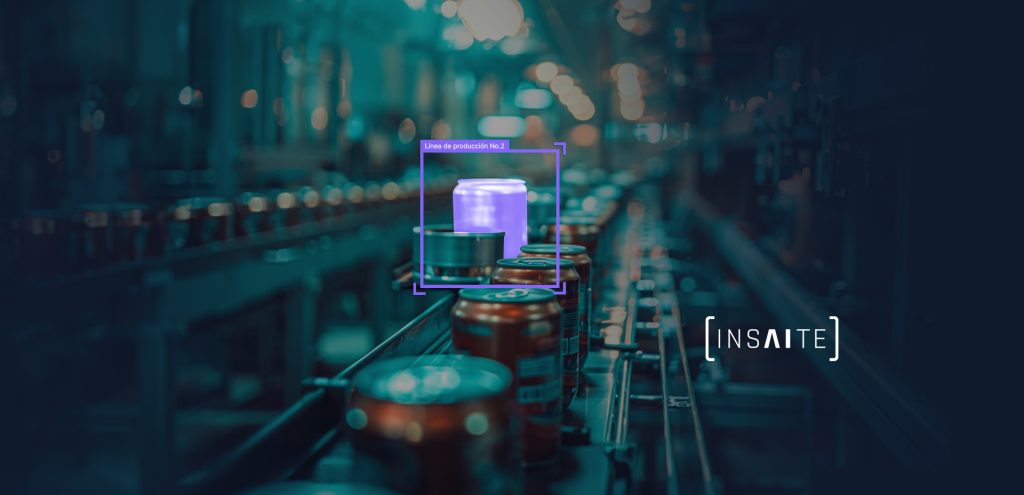One of the areas of artificial intelligence experiencing exponential growth is called generative AI, which enables various software to create new data such as images, text, music, and code.
In this article, we’ll explain what generative artificial intelligence is, how it works, and its main applications.
What Is Generative Artificial Intelligence?
Generative artificial intelligence, as such, is a branch of AI that focuses on creating new data from scratch.
It is based on a type of machine learning called deep learning, an AI technique that uses artificial neural networks to learn from large amounts of data. In the case of generative artificial intelligence, artificial neural networks are used to learn the characteristics of an existing data set.
Once these networks have learned the necessary information from the provided data, they can generate new data that follows these desired characteristics set by the user.

How Does Generative Artificial Intelligence Work?
Generative artificial intelligence operates through a process of supervised learning, in which programs are trained with a set of input data and a set of output data.
In this case, the input data set typically comprises images, text, music, or code, while the output data set is usually one of images, text, music, or code generated by humans.
The supervised learning process occurs in two stages:
- Supervised learning approach: Systems are trained on a dataset of examples of existing content labeled with the information desired to generate. For instance, a generative AI system used to generate text could be trained on a dataset of news articles labeled with their respective topics.
- Unsupervised learning approach: Systems are trained on a dataset of examples of existing content that is unlabeled. They learn to identify patterns in the content and then use these patterns to generate new content.
Key Applications of Generative Artificial Intelligence
Generative artificial intelligence has significant potential to transform the world. Its main applications include:
- Content creation: Generative AI can be used to create new content, such as images, text, music, and code. This holds great potential for the entertainment, advertising, and education industries.
- Task automation: Generative AI can automate tasks that currently require human intervention. This has substantial potential to improve efficiency and reduce costs.
- Discovery of new knowledge: Generative AI can be used to discover new knowledge from existing data. This has great potential to drive innovation across a wide range of fields.
What Are the Challenges of Generative AI?
Generative AI presents a series of challenges, including:
- Bias: Generative AI systems are trained on data reflecting real-world biases. This means that the systems can generate content that also reflects these biases.
- Security: Generative AI systems can generate harmful or misleading content. For example, they can be used to generate fake news or propaganda.
- Privacy: Generative AI systems can collect and store vast amounts of personal data, posing risks to individuals’ privacy.
What Is the Future of Generative Artificial Intelligence?
Generative artificial intelligence is a rapidly developing technology. It is expected to have a significant impact on a wide range of industries in the coming years.
At Insaite, where we develop solutions through the implementation of artificial intelligence, we see a great future for these types of tools as they can help businesses improve their efficiency, discover new knowledge, and create new types of content.
If you’re interested in learning more about generative artificial intelligence or other variations of this innovative technology, stay tuned for our upcoming articles.




